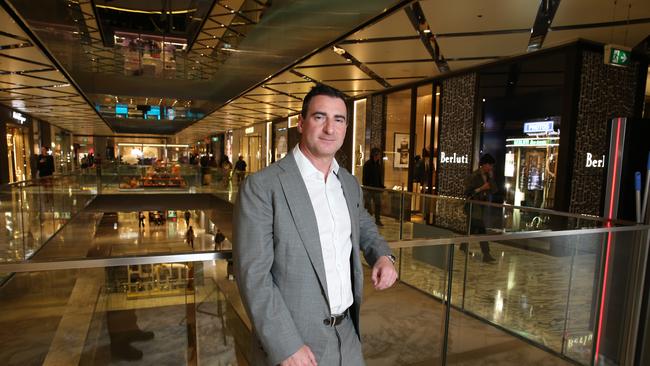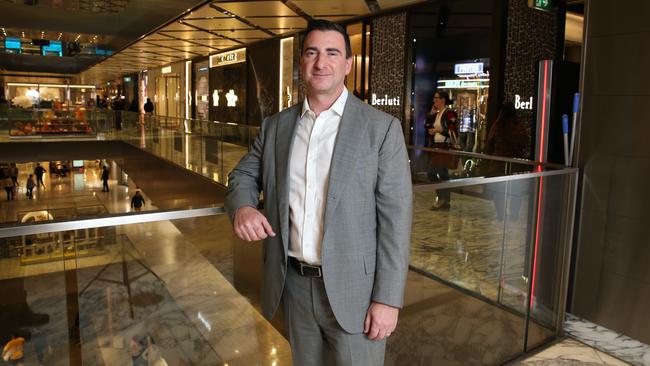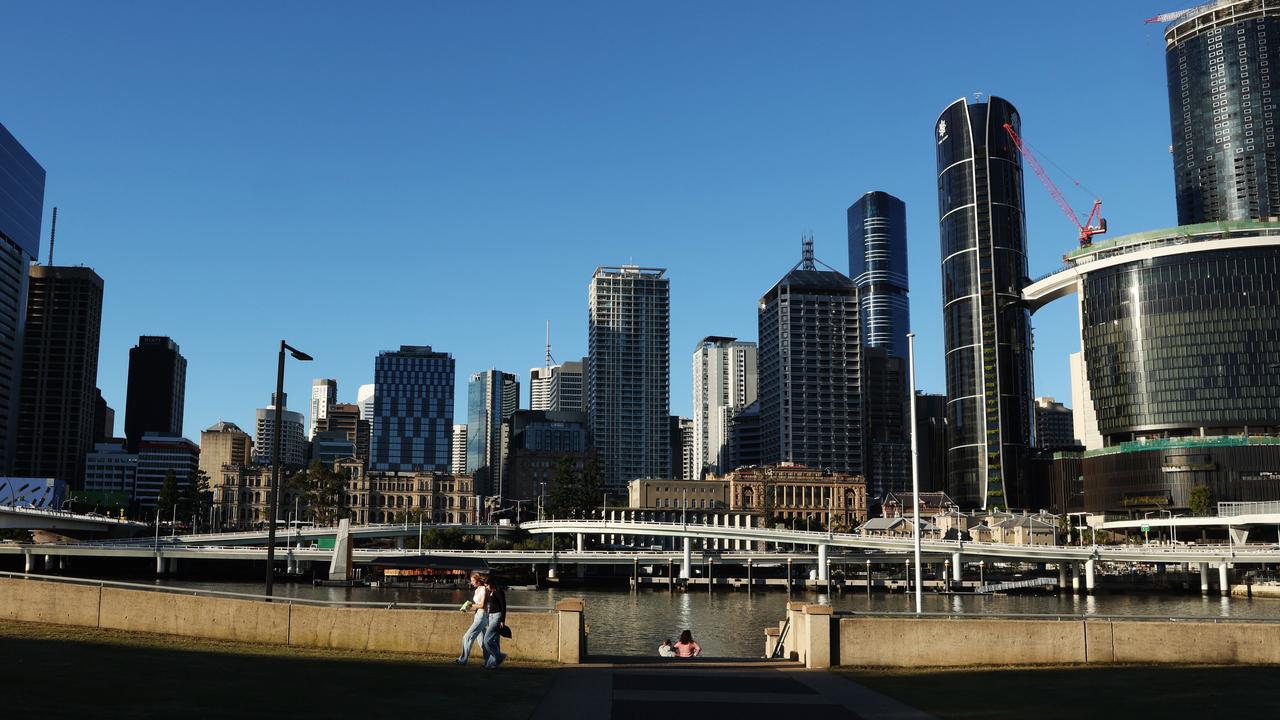Westfield malls beat the consumer squeeze as rate cycle comes to end
Scentre, which owns the Westfield shopping centre empire, says that policy settings are working in its favour and more people are in malls.

Scentre Group, the owner of the Westfield shopping centre empire across Australasia, booked a 5.2 per cent rise in annual underlying earnings, on the back of higher demand for space in its malls which are defying the cost of living squeeze.
The company’s funds from operations, a measure of earnings in the property sector, rose to $1.09bn. Distributions for the period were $860.6m, lifting by 5.4 per cent and above guidance.
Shopping centre trading has picked up, but deals have been dominated by bargain hunters, although Scentre has not been selling. It has flagged it could consider joint ventures on its malls but appears to be waiting for markets to stabilise.
The group’s centres are ticking over with sales up by about 2 per cent in January and in the December quarter they produced growth of 3.5 per cent, ahead of the slower overall market as people visited despite pressures on consumers.
“We are outstripping consumption more generally in the economy,” Scentre chief executive Elliott Rusanow said, noting that malls were being used as “free entertainment”. He said that the rising interest rate cycle was coming to an end, partly as a number of forces were working against rate hikes having their intended impact.

Mr Rusanow said the supply chain inflation and service price rises were now in hand and were becoming a tailwind, but high rates were feeding into the surge in home rents.
“Ironically, monetary policy, when it’s restrictive, actually causes higher residential rents, because it makes capital deployment more difficult, which means supply becomes more difficult to add, which means that prices go higher,” he said.
Mr Rusanow said the government was shifting from restrictive settings via broadening tax cuts, and monetary policy was at or near the end of a higher interest rate cycle, because “it’s becoming counter-productive”.
Scentre has focused on drawing more customers into its malls in the wake of the pandemic, and they are now back well ahead of visitation levels seen in 2019.
The company is also seeing solid demand for space at a time when few malls are being built, but it is overhauling some of its centres by putting in more productive tenants.
Longer term, It is looking to capitalise on its sites where there is vacant land which could be used to help address the housing crisis.
“Our Westfield destinations, strategic land holdings and our unique brand provide significant long-term growth opportunities for the group,” Mr Rusanow said.
He said the portfolio included land next to infrastructure, and densification was a macro theme in Australia and New Zealand amid high growth. “We have a seat at that table, and that will provide us with opportunities,” he added.
On a day-to-day basis, Scentre is banking on the group’s customer visitation rising even further via partnerships with companies like Disney to get more people into malls. “We are the places where businesses, brands and people want to connect with each other,” Mr Rusanow said.
Annual net profit dropped 42 per cent to $174.9m from $300.6m, due to more than $1bn of property devaluations, with the company saying it was focused on cash flows rather than valuation metrics on its centres.
Mr Rusanow said a focus on creating the places and experiences that more people choose to come to, more often and for longer, had delivered strong operating performance with net operating income increasing by 8.8 per cent to $1.95bn.
“Customer visitation to our 42 Westfield destinations for the year was 512 million, up 32 million or 6.7 per cent on 2022,” he said.
Scentre had $28.4bn in sales, an increase of $1.7bn or a 6.4 per cent lift on 2022 and was a record across the business.
Demand from tenants continues to be strong, with occupancy bumping up to 99.2 per cent at the end of December, against 98.9 per cent at the end of December 2022. Scentre did 3,273 leasing deals, which included adding 307 new brands to the portfolio.
On average, specialty rent escalations increased by 7.5 per cent and new lease spreads improved to 3.1 per cent, in a sign of healthy demand for space. Mr Rusanow was bullish on the outlook as the company looks to draw more customers into malls for longer.
Scentre expects FFO to be in the range of 21.75c to 22.25c a security for 2024, representing 3 per cent to 5.4 per cent growth for the year. Distributions are expected to be at least 17.2c a security for 2024, representing at least 3.6 per cent growth for the year.
Its securities rose 2.7 per cent to $3.06 each in a lower market on Wednesday.
More Coverage
Originally published as Westfield malls beat the consumer squeeze as rate cycle comes to end





